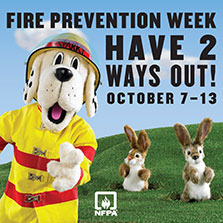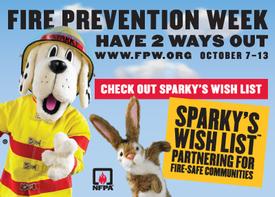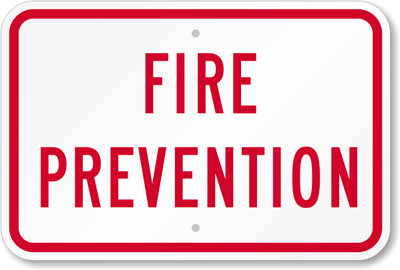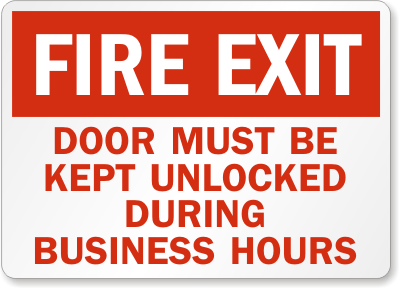Holiday Home Security and Safety Series: Turkey Fryer Safety
It’s that time of year again. The Thanksgiving holiday is upon us. As we’ve seen in the past few years, turkey fryers have gained in popularity as the way to cook a moist, delicious bird.
 While there are a many turkey fryers on the market, most of them use gallons of oil. With the use of oil – particularly large amounts – combined with fire or heat, comes the chance you could start a fire or suffer serious burns.
While there are a many turkey fryers on the market, most of them use gallons of oil. With the use of oil – particularly large amounts – combined with fire or heat, comes the chance you could start a fire or suffer serious burns.
In fact, turkey fryers are considered dangerous enough that Underwriters Laboratories (UL), the renowned independent, not-for-profit product safety testing and certification organization, refuses to certify any turkey fryers with its UL mark.
Even as manufacturers have designed turkey fryers with safety features including sturdier stands and non-heat conducting handles, UL maintains its position that fryers are a fire risk. “We’re worried by the increasing reports of fires related to turkey fryer use. Based on our test findings, the fryers used to produce those great-tasting birds are not worth the risks,” explains John Dregenberg, UL consumer affairs manager.
But regardless, every year 47 million turkeys are prepared for Thanksgiving day, and because of the attraction to the taste, and even the novelty, people will continue to use fryers.
Watch this demonstration from the Underwriters Laboratories to understand the risks associated with turkey fryers:
According to UL, some of the hazards include:
- Units can easily tip offer, spilling hot oil.
- If fryers are overfilled with oil, the oil may splash out when the turkey is placed in the pot. The oil can then hit the burner or flames and cause a fire.
- Placing a partially frozen turkey in the fryer can cause the oil to spill over the pot.
- Most turkey fryers do not have thermostat controls. Because the heat is unregulated it can overheat and combust.
- Lids and handles on turkey fryers become dangerously hot and may result in burns.
But if you still intend to use a fryer, regardless of the risks, UL offers some tips:
- Always place a turkey fryer on a flat surface, outdoors, and away from buildings. Never use them in a garage, on a deck or in any other covered area.
- Do not overfill the fryer, and make sure turkeys are completely thawed. The National Turkey Federation (NTF) recommendations say to thaw turkeys in the refrigerator for 24 hours for every five pounds.
- Never leave a turkey fryer unattended.
- When handling lids or touching the side of the pot, use insulated oven mitts. Safety googles are also recommended in case oil splatters.
- Do not allow children or pets to come near the fryer, even hours after it has been in use as the oil remains hot for a long time.
- Have an all-purpose fire extinguisher handy. If a fire does occur, don’t hesitate calling the fire department.
- As an alternative, use one of the newer turkey cooking appliances that does not require oil.
Cook safely this Thanksgiving!
Next Steps:
- Subscribe to our blog to receive the full blog series via email and stay informed about the latest security news and insight.
- Stay up to date on security topics such as home alarm systems, business security systems, video surveillance systems, ip video networks, remote video monitoring, fire alarm systems, and fire alarm inspection.





